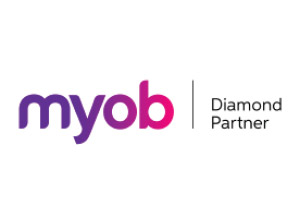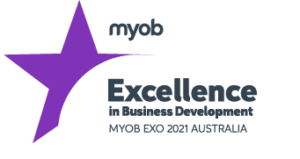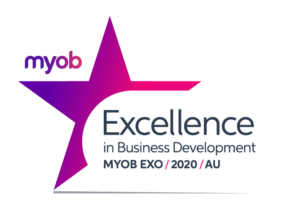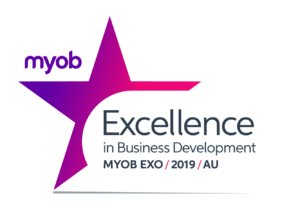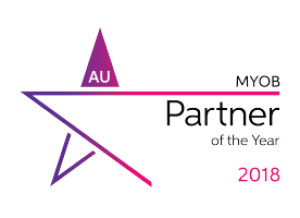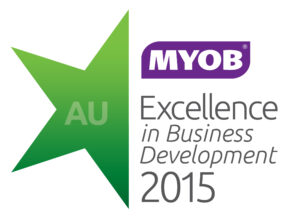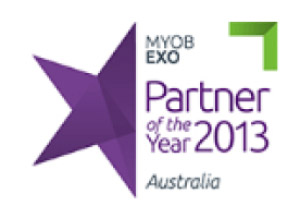Tips to Identify and Reduce Excess Inventory
Minimise the risks of excess inventory by identifying it early.By simple definition, excess inventory is stock that is purchased that exceeds your demand. Having excess stock is an age-old problem that often has even the most seasoned inventory planner baffled. Do not fall into the trap of thinking that having more than you need means you will lessen your risk of running out of stock and disappointing less customers.
The bottom line is that excess inventory is costing your business money. Besides the actual cost you pay for the products there are other less salient expenses to be aware of. The cost of the floor space in your warehouse being taken up by excess stock is one example.
Cash flow is essential to any business, so when it is tied up in dusty inventory, it is worth looking into the causes of excess so that you can free up some of that working capital and use it to grow your business. Being able to identify your excess inventory means you can minimize the risk of creating more.
Identifying excess stock
To quickly identify your excess stock, it is imperative that your inventory is correctly classified:
Non-stocked items
The goal of non-stocked items is to hold no stock. Any stock on hand (excluding your backorders) will generally be regarded as excess.
Stocked items
Being able to identify excess stock on your stocked items requires more information.
The stock on hand must not exceed the “safety stock plus the replenishment cycle stock.” This is referred to as the “maximum stock level.” Stock on hand that is greater than this quantity is considered to be excess inventory and should not be in the warehouse.
Note: The portion of this excess that can be disposed of without compromising customer fill rates requires a different calculation. Information for the impact of the lead time can be found further below
- Accurate forecasts
- Accurate lead times
- Correct replenishment cycle
- Safety stock must be correctly set.
The impact of lead times
The impact of the lead time in the replenishment process cannot be ignored when determining the quantity of excess that can be disposed of. Remember that if the excess above the “maximum stock level” is disposed of and there are no purchase orders in the pipeline, any order placed now would only arrive a lead time later.
Tip: Before considering an inventory management system, confirm that the system handles the impact of the lead time when calculating the “disposable excess quantity” for stocked items.
What does excess inventory cost your business?
Not all the costs of carrying excess stock are apparent. Here are costs that you may not have thought about.
- The cost of the actual item
- The cost of transportation to get your inventory to your warehouse
- The cost of the space in your warehouse to store your inventory, including rent, utilities, property taxes, and insurance
- The cost of safety equipment, such as fire suppression equipment
- The cost of warehouse equipment, such as conveyor belts, trolleys, forklifts, and pallet jacks
- The cost of labor and security in your warehouse
- The cost of loss via obsolescence
- The cost of loss via deterioration, expiration, and breakage
- The cost of a lost opportunity in having your cash tied up in unsold inventory
The capital lying in the warehouse in the form of excess stock generates nothing of value. This will either have to be sold off at a low price, written off or scrapped. Management is usually reluctant to deal with this as it impacts the bottom line but ignoring it does not make it go away. The impact just escalates.
What are the causes of excess stock?
- Over-forecasting is one of the most obvious causes as this results in over-ordering. The longer the lead time, the more dramatically over forecasting will create excess.
- It is tempting to purchase a larger than normal quantity in order to get a ‘good deal,’ but this often ends up being a very bad deal. Accurate information, a thorough understanding of how money is made by turning inventory as quickly as possible, and a sound inventory management system are all essential when considering these ‘good deals.’
- Calculating recommended order quantities using lead times longer than the supplier’s actual lead time results in deliveries being received before they are actually required.
- Ordering without an effective inventory management system to calculate the recommended order poses a high risk. Without a system, the Buyer will always have an opinion on what quantity must be ordered. This opinion may well be unfounded.
- Supplier’s minimum order quantities result in excess stock.
- Ordering non-standard products without a firm customer order often results in excess.
- Placing a poorly considered “initial purchase order” for a new product launch without thorough market research is a prevalent cause of excess.
- Over-ordering products with a limited shelf life result in excess stock that cannot be sold, even at a considerable discount.
In conclusion
Excess inventory is a challenge for many companies. Your goal should be to lower your risk of generating excess.
Here are some suggestions to help you:
- Invest in an inventory management system, like NETSTOCK that provides you with effective classification, forecasting, safety stock, and ordering features.
- Choose an inventory management system with a dashboard that will identify and display the excess items by descending excess value.
- Have the ability to identify and fix over-forecasted items as soon as possible.
- Periodically review lead times, especially for the suppliers from whom you purchase the most inventory.
- Since excess inventory will be generated from time to time, make sure you have a formal effective excess stock disposal process.
Discover strategies to maximise warehouse productivity
Achieving optimal warehouse efficiency in a period of market decline is paramount; any inefficiency directly impacts your customers and bottom line. Taking the steps to maximise productivity now will position your company for success when the market improves.
Watch the webinar recording to discover the strategies and processes to reduce errors, maximise productivity, and increase operational efficiency.
Demand Forecasting for Supply Chains
Accurate demand forecasting is an essential tool for companies to anticipate, adapt, and exceed the demands of both customers and the market. To achieve this, organisations must embrace advanced techniques to get ahead of market trends, optimise inventory levels, and ensure timely product availability to meet demand.
Watch our webinar recording to delve into how demand forecasting can transform your approach to building your inventory strategy.
If you need any more information on, Inventory Management Software, stock-outs or NETSTOCK, contact us here 1300 857 464 (AU) or 0800 436 774 (NZ) or send an email to sales@kilimanjaro-consulting.com

